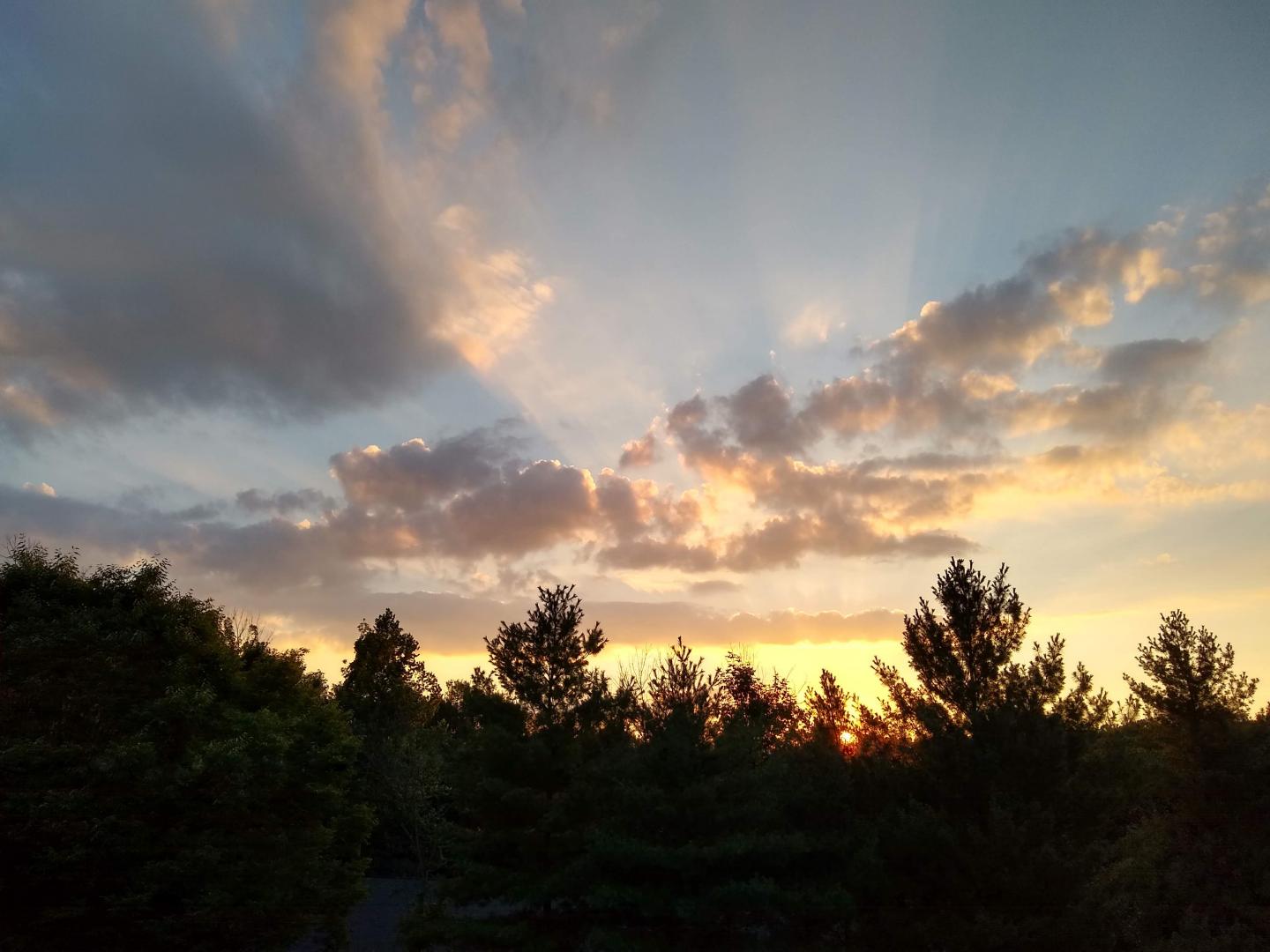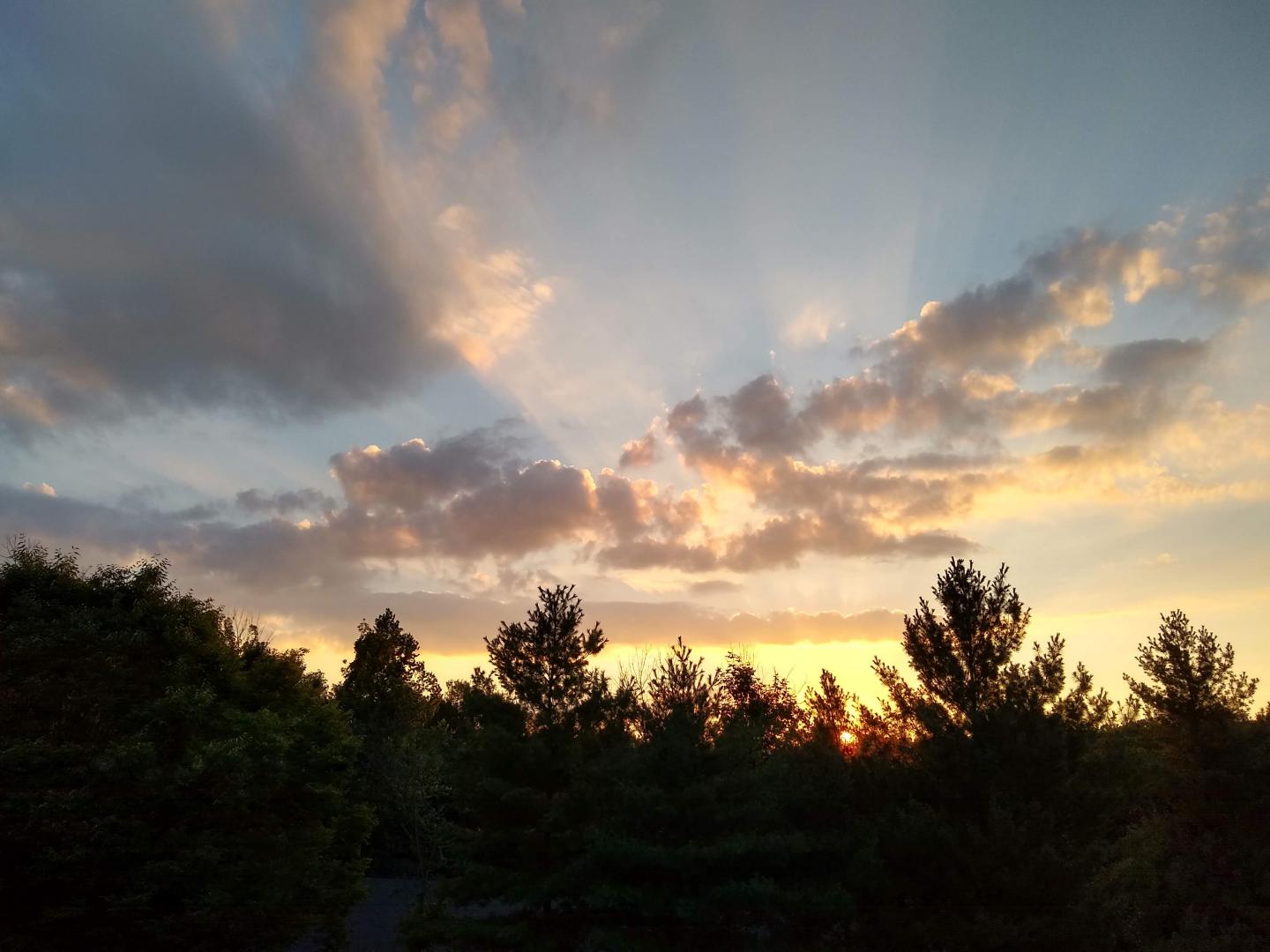
Credit: Photo by T. Salvador, courtesy UTIA.
KNOXVILLE, Tenn. - The most recent solar radiation data have been converted into a new map of Daily Light Integrals for the United States by a team of researchers from the University of Tennessee Institute of Agriculture and Clemson University. Joanne Logan, associate professor in Biosystems Engineering and Soil Science, along with Clemson University associate professor James Faust, was recently awarded first place for their effort in the Thematic Maps category in the ESRI International Users Conference in San Diego.
"New Daily Light Integral Maps for the United States," is a thematic map. Thematic maps emphasize spatial variation of one or a small number of geographic distributions. These distributions may be physical characteristics, like climate, or human characteristics, like population density or the rate of a certain health issue. Base maps with political boundaries are used to identify the location of the data being presented on a map.
Logan and Faust's map, which is really a set of twelve maps with one for each month, represents the average measurement of Daily Light Integrals (DLIs) accumulated over one day. DLI is a common measurement used by plant scientists and commercial growers to estimate how solar radiation affects plant growth. "These maps will provide guidance to greenhouse managers about local light regimes and supplemental lighting requirements for ornamentals like poinsettia," says Logan.
The updated maps use the most recent solar radiation data, from 1998 to 2012. The newer data provides higher resolution data modeled from satellite images of cloud cover. The new maps also provide geographically more precise data reflecting more recent weather patterns. A set of 12 monthly DLI maps for the lower 48 states in the U.S. was originally published in 2002, with data from 1961 to 1990.
The maps are viewable online by logging onto mapgallery.esri.com. Users can search for "University of Tennessee" or "Joanne Logan." The maps will also be published in the next issue of the Journal for the American Society for Horticultural Science as part of a peer-reviewed article about daily light integrals for greenhouse producers. The American Floral Society is also hosting an interactive, online version of the paper map.
###
The ESRI International Users Conference is an annual conference attended by more than 16,000 geographic information systems users from more than 100 countries, and hundreds of maps are submitted for the competition.
The University of Tennessee Institute of Agriculture celebrates 50 years of excellence in providing Real. Life. Solutions. through teaching, discovery and service. ag.tennessee.edu.
Media Contact
Patricia C. McDaniels
[email protected]
615-835-4570
@UTIAg
http://ag.tennessee.edu
Original Source
https://ag.tennessee.edu/news/Pages/2018-08JoanneLoganMapWin.aspx





